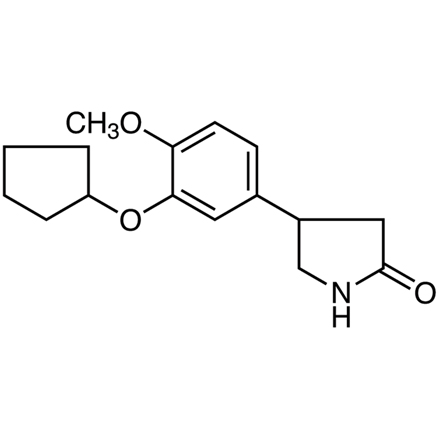Published TCIMAIL newest issue No.199
Maximum quantity allowed is 999
* Stock available in Belgium: Shipment on the same day
* Stock available in Japan: Please check the Shipping Simulation for estimated shipments. (excludes regulated items and dry ice shipments)
| Product Number | R0110 |
Purity / Analysis Method 
|
>98.0%(HPLC) |
| Molecular Formula / Molecular Weight | C__1__6H__2__1NO__3 = 275.35 |
| Physical State (20 deg.C) | Solid |
Storage Temperature 
|
Frozen (-20°C) |
| Condition to Avoid | Heat Sensitive |
Packaging and Container 
|
50MG-Glass Bottle with Plastic Insert (View image) |
| CAS RN | 61413-54-5 |
| Reaxys Registry Number | 1588548 |
| PubChem Substance ID | 253659657 |
| Merck Index (14) | 8251 |
| MDL Number | MFCD00270906 |
| Appearance | White to Orange to Green powder to crystal |
| Purity(HPLC) | min. 98.0 area% |
| Melting point | 130.0 to 134.0 °C |
| Melting Point | 132 °C |
| EC Number | 262-771-1 |
| RTECS# | UY5749237 |
| HS Number | 2933790090 |
The requested SDS is not available.
Please Contact Us for more information.
A sample C of A for this product is not available at this time.

The requested analytical chart is not available. Sorry for the inconvenience.
